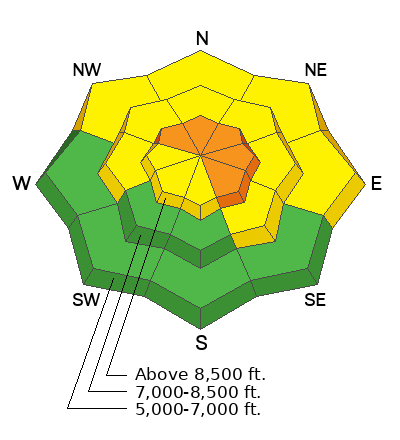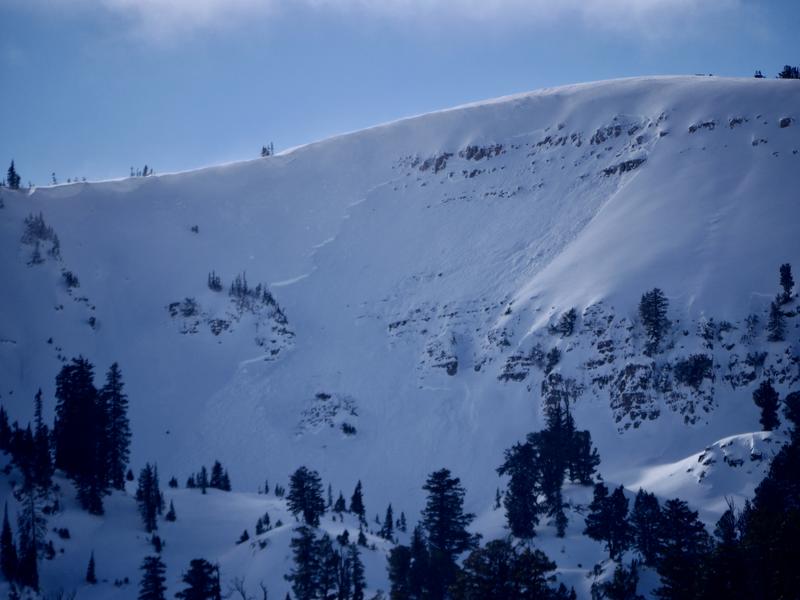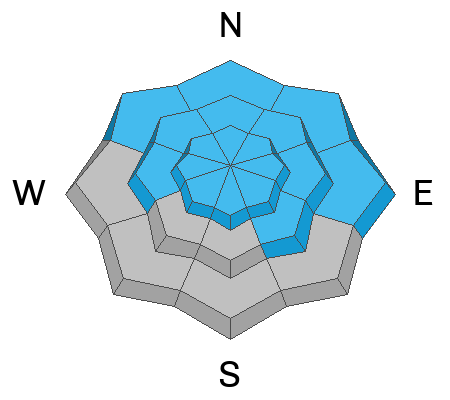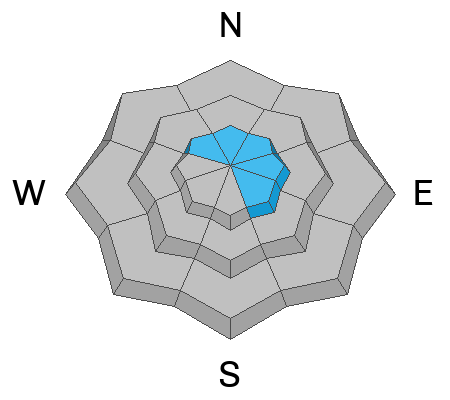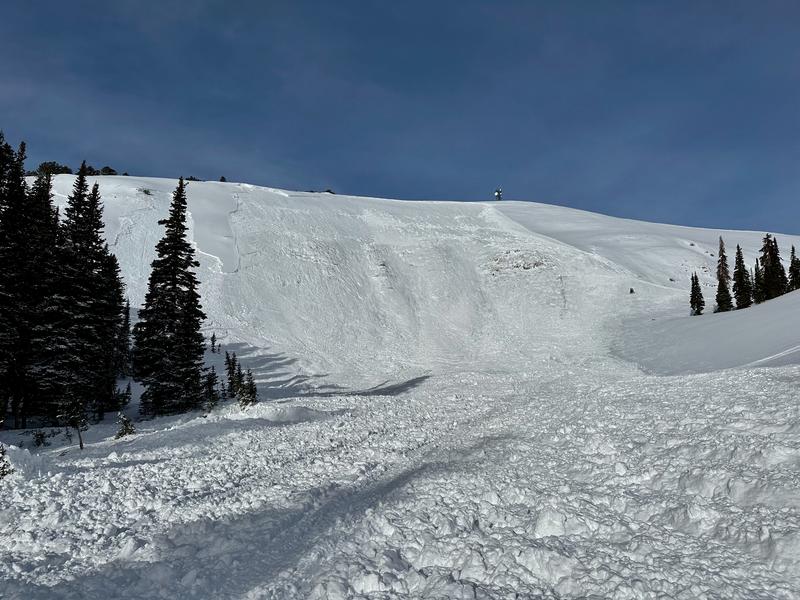Thanks for showing up last night and supporting the UAC. It was great to see everybody at the Cache! You made our annual Pray for Snow party/fundraiser a big success.
Join the Utah Avalanche Center and the Division of Outdoor Recreation to celebrate the Fourth Annual Avalanche Awareness week, from December 4 - December 11. Click
HERE to view the full list of events for the week. A few highlighted events for the Logan area:
- Join us Wednesday, December 7th at USU for a Know Before You Go. Find more info HERE.
- Join us Saturday, December 10th at Beaver Mountain for FREE UAC and USU Beacon Clinic. Find more info HERE.
Areas with dangerous avalanche conditions exist at upper elevations in the backcountry. Last week's heavy snow and drifting overloaded many slopes plagued by buried weak layers and poor snow structure. Dangerous human-triggered avalanches are possible for people to trigger, especially on previously drifted upper and mid-elevation slopes. No new avalanches were reported since the weekend, but observers continue to report audible collapses or "wumpfs" from across the zone. Collapsing indicates unstable snow and real potential for dangerous slab avalanches failing on a buried persistent weak layer. Yesterday in Providence Canyon we triggered a couple wumpfs, but we also noted mixed test results and apparently improving overall stability.
Today will be mostly sunny in the mountains with high temperatures at 8500' around 23°F and 6 to 10 mph southeast winds. Tomorrow will start off cloudy but be clearing and cold. Cold, unsettled weather will continue through the work week, and it looks like a little snow is possible on Friday. Another decent round of storminess is coming together for the weekend, with a potentially prolonged period of snow Saturday night through Monday.
No new avalanches were reported in the backcountry since a pretty active weekend when several remotely triggered and some large natural avalanches were reported.
On Saturday we could see this sizable recent natural avalanche under where the Grandfather Cornice forms on Cornice Ridge....
***See our updated list of observed avalanches from across Utah
HERE 
